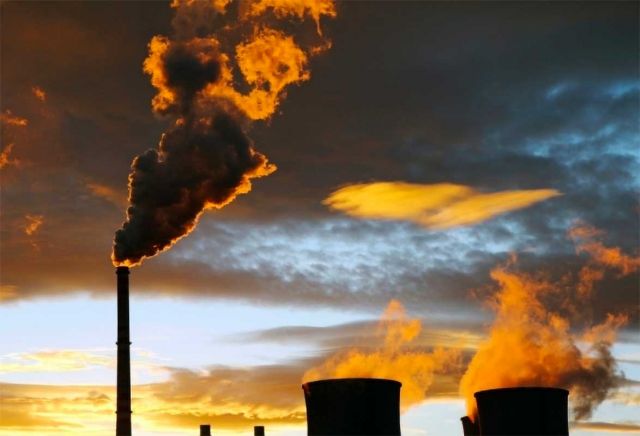VRL "Show Me the Methane"
Prof. B.S. Manjunath’s Vision Research Lab and graduate student Satish Kumar research hyperspectral imaging and artificial intelligence combine to augment detection of methane leaks

Though not as prevalent in the atmosphere as carbon dioxide, methane is a far more potent greenhouse gas. Occurring naturally as well as being manmade, methane is much shorter-lived than CO2, but it is fast acting and 20 to 80 times as effective at trapping heat. A little extra methane goes a long way.
In addition, methane is invisible, which makes detection by conventional means difficult. So when researcher Satish Kumar and colleagues noted the growing use of infrared sensing as a means of greenhouse gas detection, as was highlighted in a recent New York Times story, they were pleased. The interactive piece used infrared cameras to track emissions from oil and gas facilities in the Permian Basin, an oil field located in Texas and New Mexico.
It’s a topic close to his heart — as a member of ECE Professor B.S. Manjunath’s Vision Research Lab, Kumar does work involving multimedia signal processing and analysis.
“As a computer engineer interested in environmental management, I am incredibly glad methane leaks from previously unknown sources are being brought to light,” he said.
Now, to keep the conversation alive, Kumar and his colleagues have proposed a system that does the heat detection one better, by using hyperspectral imaging and machine learning to detect the specific wavelength of methane emissions. Their work was presented at the 2020 IEEE Winter Conference on the Applications of Computer Vision.